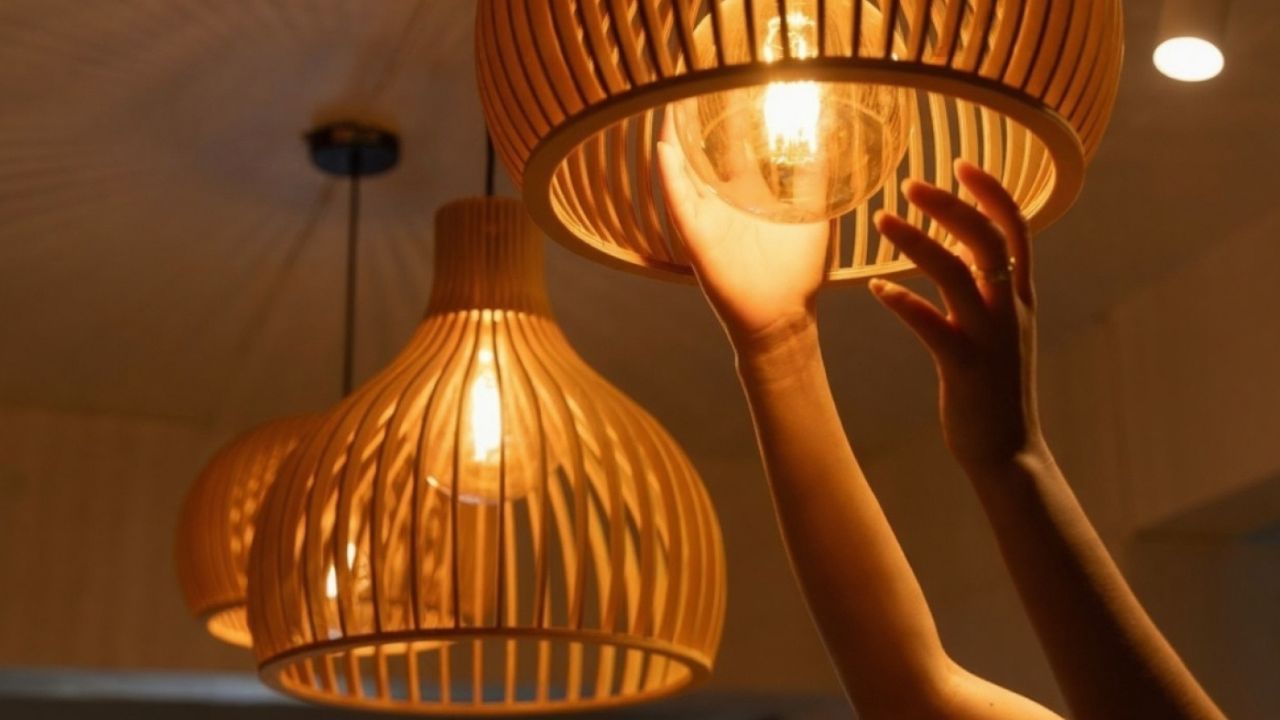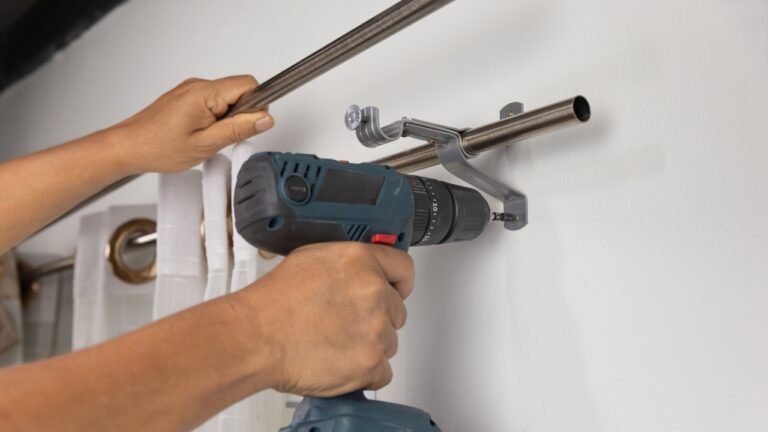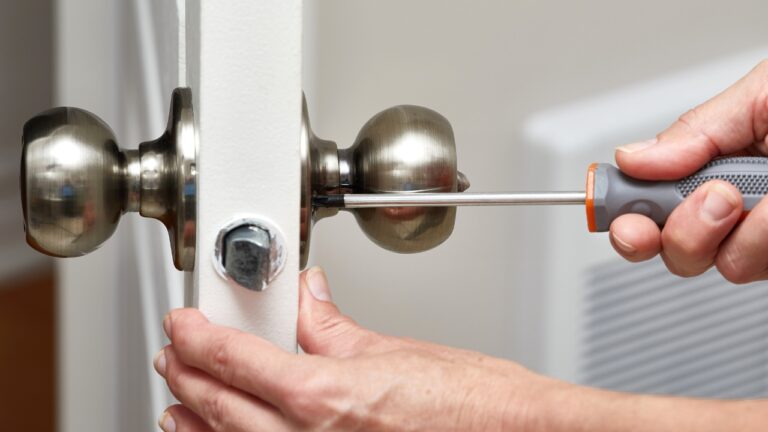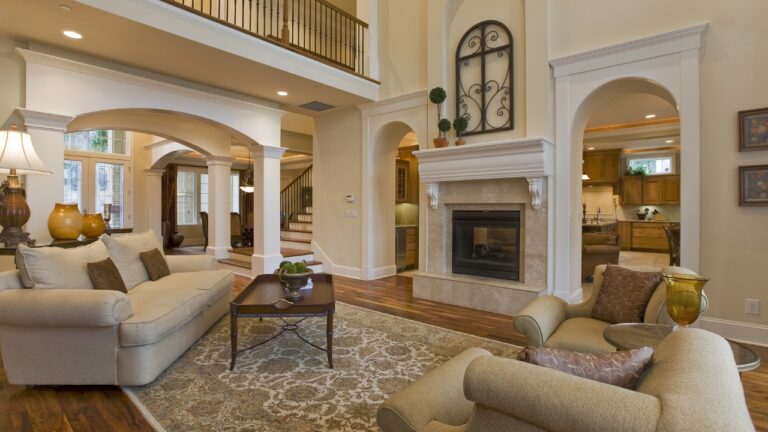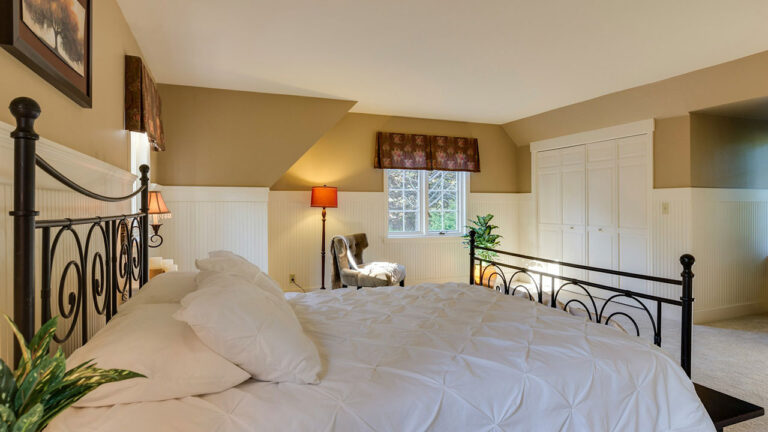What your house lighting is doing to your mood — and how to change it
If your house feels harsh at night or you keep choosing screens over rooms you love in daylight, it’s probably the lighting. Light tells your body when to wake up, when to wind down, and whether a space feels welcoming or like a waiting room.
Match the color to the job
Cooler light (around 4000K) keeps you alert at a desk or in a garage. Warmer light (2700–3000K) relaxes the brain in living rooms and bedrooms. Kitchens can split the difference: brighter task lighting for chopping, warm pendants for dinner. If every bulb in your house is the same color, start swapping by zone.
Layer, don’t blast
Overhead fixtures are for cleaning and finding things. Evenings need lower, softer light. Put a lamp within reach of each seat in your living room. Add a plug-in sconce near the favorite reading chair and a small lamp on the kitchen counter. When light lives where people sit, the house invites you to linger.
Use dimmers where you can
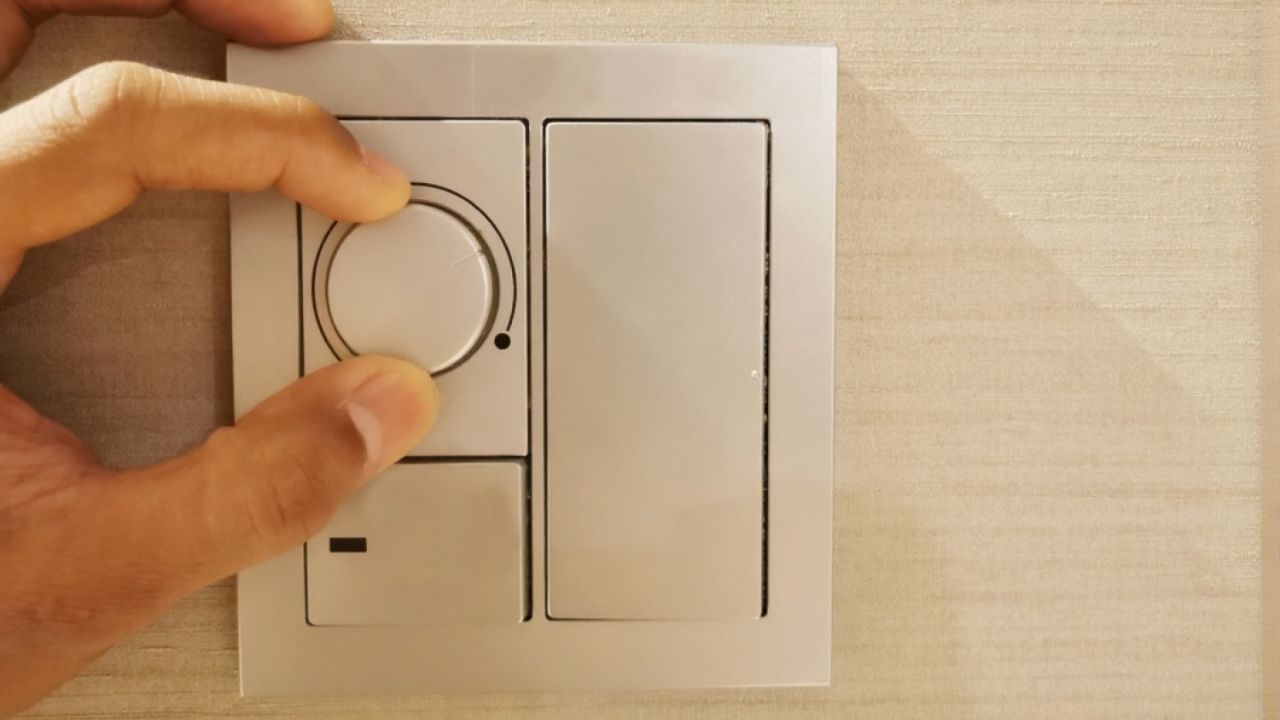
A simple dimmer on the dining chandelier and the living room overhead turns two rooms into four moods—homework, dinner, movie night, quiet conversation. Smart plugs on lamps give you the same control without rewiring. Set routines so the house warms up as the sun goes down.
Bring light forward, not just up
Wall washing—bouncing light off walls—makes rooms feel bigger and calmer than a single bright center. Aim a floor lamp up into a corner, use a lamp with a white shade that spills light sideways, and keep shades clean. Dusty shades swallow light and make even good bulbs look weak.
Fix the color cast quietly
If your walls look sickly at night, your bulbs are probably too cool for the paint color. Warm them one step and see if the color calms down. Likewise, if task areas feel dingy, bump that zone one step cooler and brighter. You’re not changing the paint; you’re changing how the paint reads.
Light pathways and thresholds

A dark hallway or entry makes the whole house feel tired. Add a slim console lamp on a timer, a plug-in nightlight, or small battery puck lights in a hallway gallery. You’ll stop flipping every overhead on just to move through the house, and the place will feel safer and more welcoming.
Small bulb changes, a couple of lamps, and a dimmer do more for mood than any trendy décor item. Give each room the light that matches what you do there, and the whole house feels calmer, warmer, and more lived-in—without touching a single wall.
*This article was developed with AI-powered tools and has been carefully reviewed by our editors.

